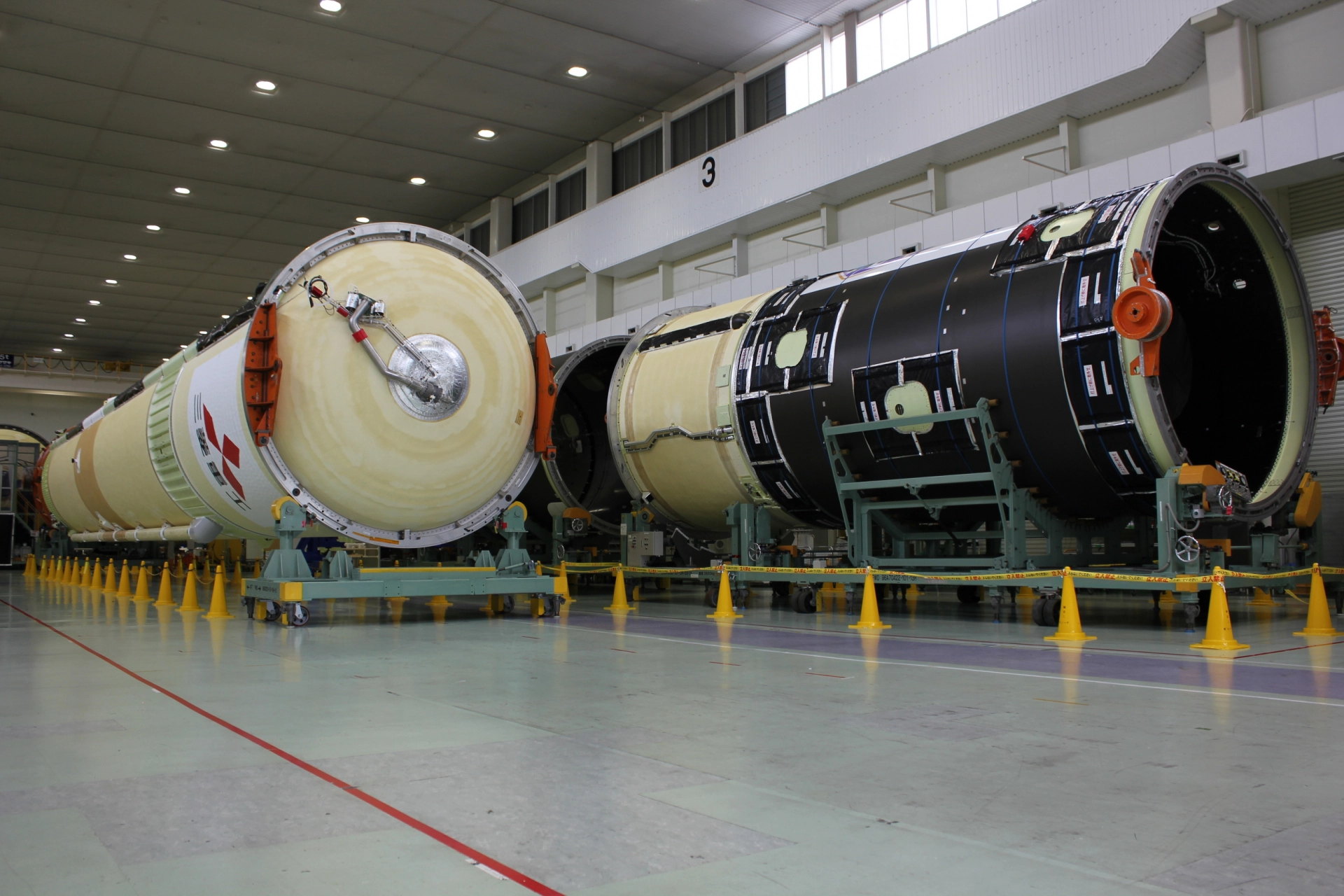Japan Successfully Launches The QZS-1R Satellite
Japan’s H-IIA rocket carrying the QZS-1R Satellite launched from LA-Y1 on October 26 at 0219 UTC. This was the 44th launch by the H-IIA rocket for Mitsubishi Heavy Diligence (JAXA) and Japan Aerospace Exploration Agency. The H-IIA rocket flew with the 202 configuration.

The QZS-1R Satellite joins other satellites in the quasi-Zenith Satellite System (or QZSS), Japan’s satellite navigation system. Michibiki-1R will be the new name for QZS-1R once it is functional. The cargo weighs in at around 4100 kg.
QZS-1 or Michibiki-1 was the first QZSS satellite that launched the route. The Satellite was launched on September 10, 2010, aboard an H-IIA rocket launched from Tanegashima. However, this Satellite was experimental.
QZS-2, QZS-3, and QZ-4 followed this. QZ-3 was launched with the H-IIA configuration in the 204 configuration. This means that there were four solid rocket boosters and not two. The H-IIA was used in the same configuration as QZS-1R for the other three rocket boosters.
QZSS is a constellation that facilitates the use of the American GPS constellation to aid Japanese druggies in civic areas. The QZS-1R Satellite is being replaced by the QZS-1 Satellite.
The H-IIA rocket, a medium-lift launch vessel, was derived from Japan’s H-II launcher. Both Mitsubishi Heavy Diligence, JAXA’s predecessor, NASDA, developed the H-II. The launch vehicle was first launched in February 1994. It had seven launches in total. Two of the last launches were a partial success and one failure.
The H-II launch was canceled in 1999 due to failures and high costs of the H-II program. The designs were then again modified to make the H-IIA rocket more reliable and less expensive.
The H-IIA’s first stage consists of a core with one LE-7A machine. It offers a combustion cycle machine that can run on liquid oxygen (LOX) and liquid hydrogen (LH2). The H-II’s first stage was built from an old model of the LE-7A, called the LE-7. This led to the crash of H-II flight 8, the final flight of H-II.
Attached to the core stage are two solid rocket boosters SRB-A that burn hydroxyl-terminated Polybutadiene (HTPB). One failure of the H-IIA launch vehicle occurred on flight 6 in 2003 due to a separation problem on one SRB-A booster.
The H-IIA alternate stage is powered by a single LE-5B, which runs on LOX or LH2. This technology was used previously on the H-II and the H-IIA.
In November 2020, the H-IIA’s previous launch made it possible to lift the JDRS-1 Satellite into a geostationary transport route. The H-IIA was also used to launch Al Amal’s inquiry to Mars for the United Arab Emirates.
Source: Nasaspaceflight
Also read about Japan’s Second Diesel-Electric Submarine Hakugei Enters The Sea
